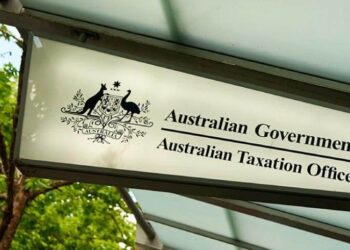Forty-three per cent of retirees relied on a government pension, with 27 per cent relying on superannuation, an annuity or private pension.
Bjorn Jarvis, ABS head of labour statistics, said over the past decade the number of people who said they had no personal income has fallen from 25 per cent in 2012–13 down to 12 per cent in 2022–23.
“In particular, the percentage of women reporting no personal income has dropped considerably, down from 37 per cent to 18 per cent,” Jarvis said.
“The number of women who relied on their partner’s income as their main source of funds for meeting living costs at retirement has fallen by more than 10 percentage points over the decade, dropping from 44 per cent in 2012-13 to 31 per cent in 2022-23.”
In 2022–23, the most common factors influencing older workers’ decision to retire were financial security (36 per cent) and personal health or physical abilities (22 per cent). Around one in eight retirees (14 per cent) said reaching the eligibility age for an age (or service) pension was one of the main factors.
The statistics also revealed that Australians still intend to retire, on average, between 65–66 years, and while the average age people intend to retire has risen over time, it hasn’t changed much in the last 10 years.
“On average, men intend to retire slightly later than women, but this gap is closing. In 2022-23, there was around half a year difference between men and women, compared to a year difference a decade ago, and a two-year difference around 10 years before that,” he said.
The statistics reveal that while expectations around retirement haven’t changed, people are on average retiring later.
“In 2022-23, people who had retired in the past 20 years said that they did so, on average, at 61.4 years. This average has risen from 58.5 years in 2014-15 and from 57.4 years in 2004-05,” Jarvis said.
“Retirees from the arts and recreation services industry retired, on average, later than all other industries, at 64.4 years. The industry with the youngest average age of retirement was accommodation and food services, where retirees, on average, retired at 58.5 years.”


